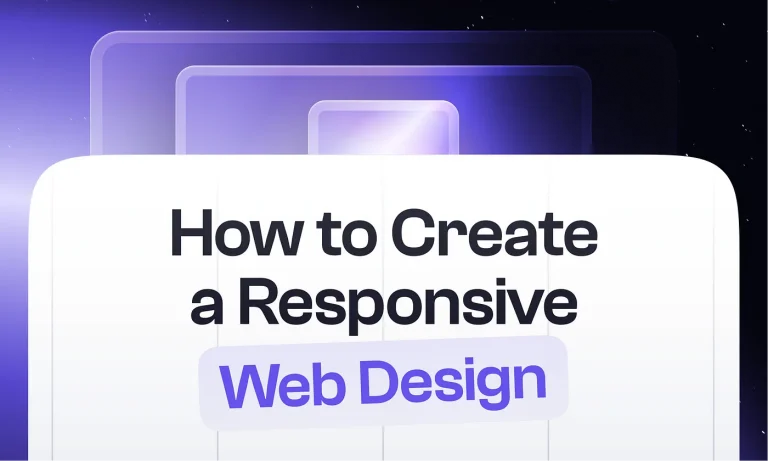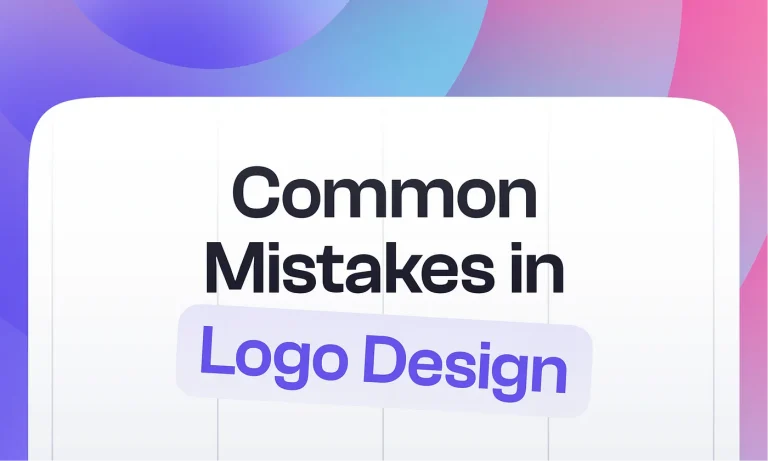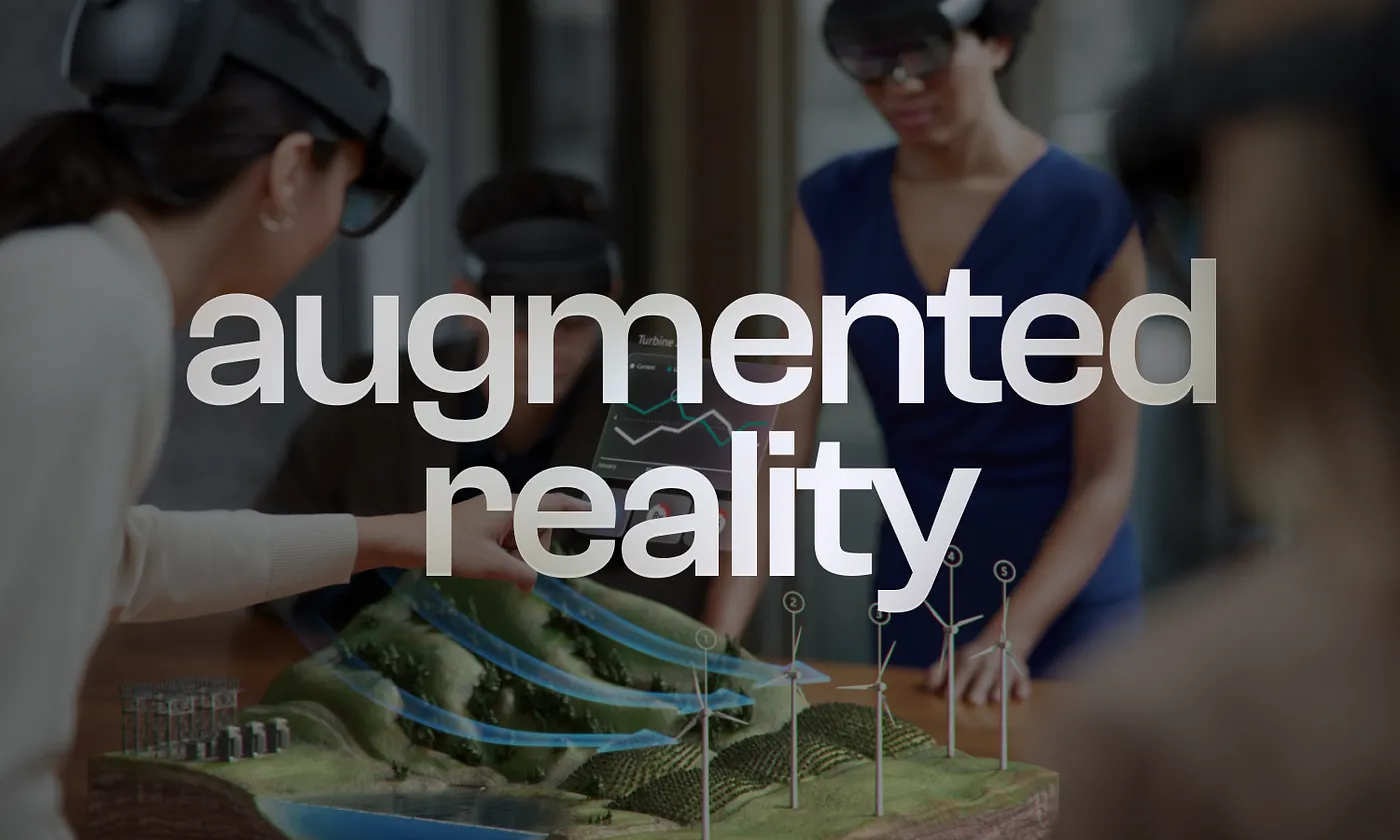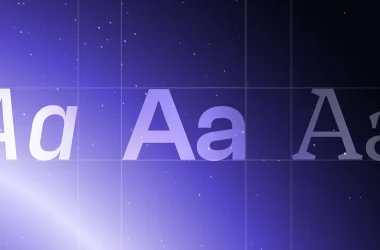Augmented reality has become one of the modern trends in web design. AR is the superimposition of virtual objects on the surroundings. At the same time, the standard human perception (visual, auditory, tactile) is supplementing and enriching. The naked eye can perceive some AR objects. Let’s examine their impact on usability and explore current design possibilities.
Augmented reality (AR) is easier to work with than VR because that’s the real world, complemented by virtual elements that expand it. Since the development of new innovative technologies and specialities, new development branches in a particular professional activity have appeared. Today, a designer should be diverse and versatile in his professional activity.
The main task of the virtual world is to give a person the impression of reality. AR system features a combination of real and virtual, real-time interaction, and location in three-dimensional space. Augmented reality is not only gaming and entertainment in nature. In this matter, for a designer who can apply and train the capabilities of augmented reality, it is crucial to create aesthetically designed virtual objects. The designer must have the skills of a programmer and own programs to create a virtual world.
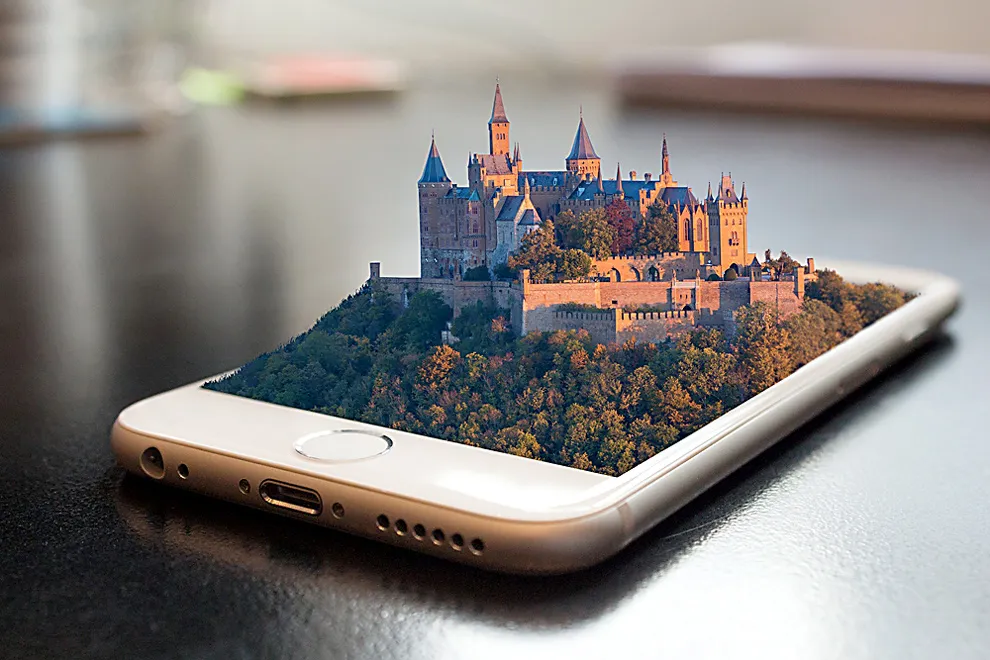
For now, augmented reality is actively used in printing activities and for the visualization of advertising. Such an environment is ideal for designers who want to create digital worlds and universes without intrusive frameworks and standards. The only limitation is the hardware capabilities of AR devices.
AR content also depends on devices. Mostly developers and designers create effects for smartphones: games, masks, filters, virtual clothes and shoes, abstract art, educational content, and navigation pointers. Now, let’s see what advantages of using AR exist for the user. Augmented reality will be a valuable addition to many existing web pages. For example, this technology can help people learn on educational websites and allow potential buyers to visualize items in their homes while shopping. AR worlds demonstrate how effective user interaction and accessible information can be.
The technology allows users to place a life-size image of an object as if it were there. After placement, it remains on the selected surface and allows the user to move around and get closer or further. That gives viewers a deeper understanding of the object than is possible with a two-dimensional image. This technology is popular in furniture selection — with the help of AR, you can visually “put” the selected item in your living room or another room and see if it fits into the surrounding interior and whether there is enough space for it. In the same way, you can “try on” other furniture from the catalogue.
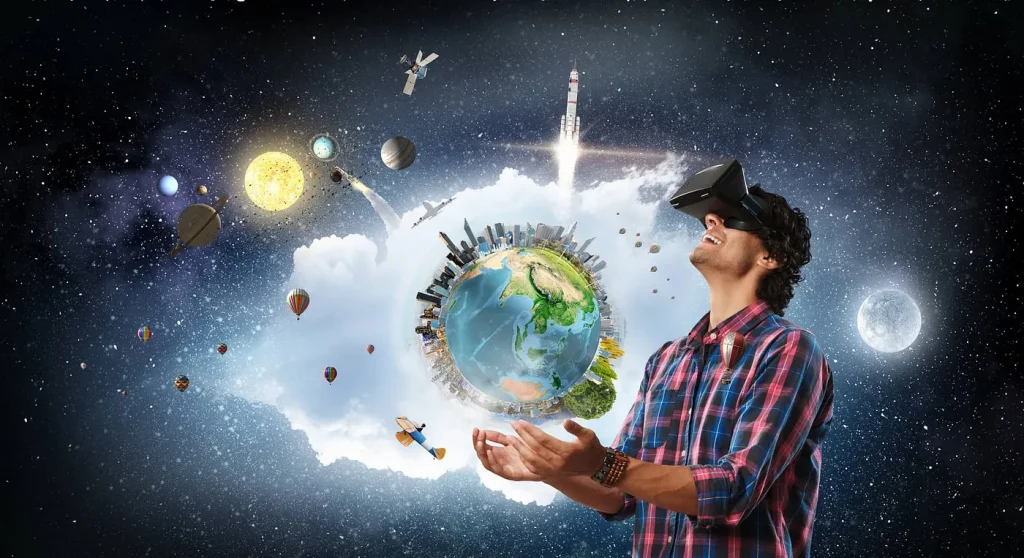
AR intersects with search engine optimization, which is noteworthy for the creators and owners of their websites. Indeed, AR content will improve overall metrics on the page: time spent on the page and engagement, which will increase SEO efficiency. You must ensure during the implementation that such content will not affect the performance of the site, will not reduce the download speed and will not worsen its performance.
Many companies are already creating devices, programs and accessories using elements of AR, VR and mixed reality. The pioneers of this market are Google, Vuzix, Microsoft, and Canon corporations. For example, the Google team is developing the Project Glass headset, and Microsoft has already launched the HoloLens product on the market — mixed reality glasses adapted for business representatives. Also, IKEA has an application which allows you to see how the furniture will look in the interior.
Similar technologies were used in the development of Amazon Shopping products, Paint Space AR, and AR stickers. And this is just the beginning because technology continues to evolve so augmented reality designers will become more and more popular every year. Finally, it should be noted that the implementation of AR/VR is not particularly complex. It is much more difficult to design an alternative reality from the idea that will form the basis.
Psss, more exciting topics are coming soon on this platform. Stay tuned!

